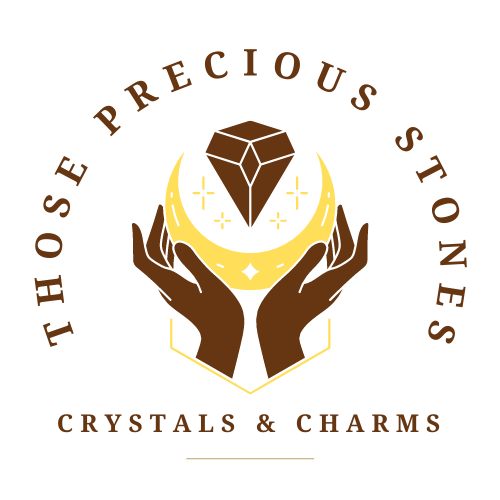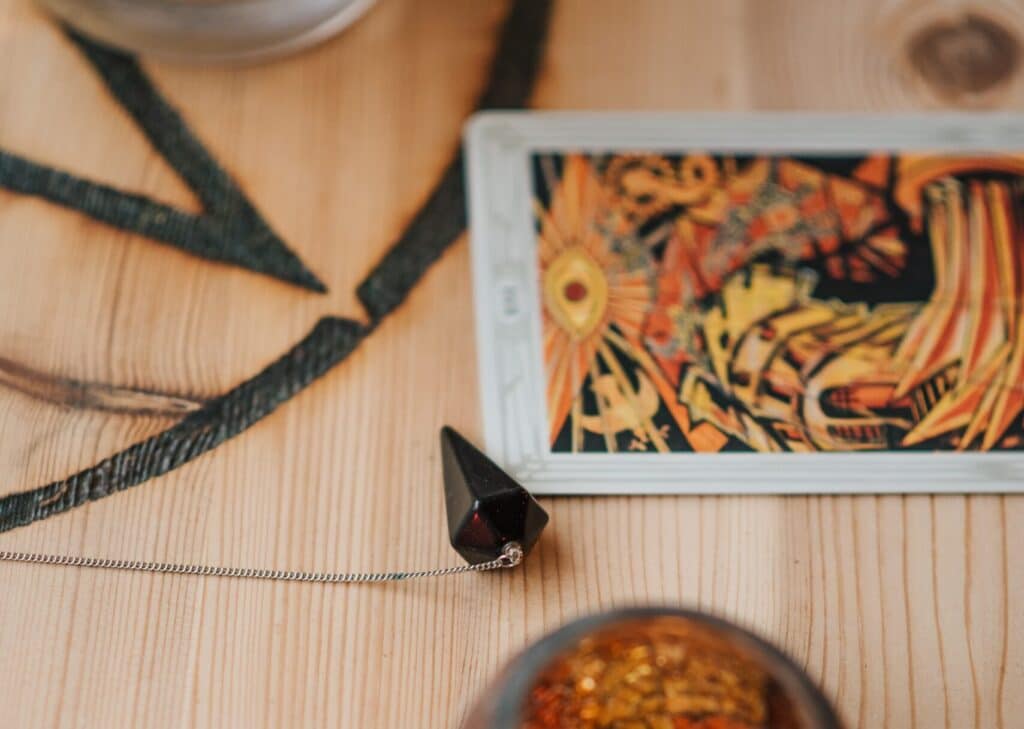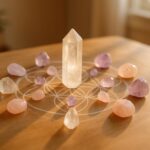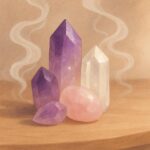If you’ve ever had a tarot card reading, you might have come across the mysterious Death card. With its eerie black background and ominous imagery, it’s no wonder that this card often causes a stir. But what does the Death card really mean in tarot? Let’s dive into the world of tarot cards and unravel the secrets behind this intriguing symbol.
Understanding Tarot Cards
Before we decode the meaning behind the Death card, it’s essential to have a basic understanding of tarot cards. Used for centuries as a divination tool, tarot cards are a deck of 78 cards that can provide insights into various aspects of life. Each card depicts a different symbol or image, and they are divided into two main categories: the Major Arcana and the Minor Arcana.
Brief History of Tarot Cards
Tarot cards originated in the 15th century as playing cards in Europe. They were later adopted for divinatory purposes in the 18th century. Over time, tarot cards have evolved into a powerful tool for introspection and guidance.
The origins of tarot cards can be traced back to the Italian Renaissance when playing cards first became popular in Europe. These early decks were known as “tarocchi” and were primarily used for playing games. However, it wasn’t until the 18th century that tarot cards began to be used for divination.
During the 18th century, a French occultist named Jean-Baptiste Alliette, also known as Etteilla, popularized the use of tarot cards for fortune-telling. He believed that the cards held hidden meanings and could provide insight into a person’s past, present, and future. Etteilla’s interpretations and divinatory methods laid the foundation for modern tarot reading.
As tarot cards gained popularity, different artists and mystics began to create their own unique decks. Each deck had its own symbolism and artistic style, adding to the rich tapestry of tarot card imagery. Today, there are countless tarot decks available, each with its own interpretation and aesthetic appeal.
The Structure of a Tarot Deck
A standard tarot deck consists of 22 Major Arcana cards and 56 Minor Arcana cards. The Major Arcana cards are the trump cards that carry significant symbolic meaning, while the Minor Arcana cards are divided into four suits: Wands, Cups, Swords, and Pentacles.
The Major Arcana cards represent major life events and spiritual lessons. They depict archetypal figures such as The Fool, The Magician, and The High Priestess, each symbolizing different aspects of the human experience. These cards often carry deep spiritual and psychological significance, offering guidance and insight into the journey of life.
The Minor Arcana cards, on the other hand, represent the more mundane aspects of daily life. They are divided into four suits, each associated with a different element and representing different areas of life. The Wands symbolize creativity, passion, and ambition. The Cups represent emotions, relationships, and intuition. The Swords signify intellect, communication, and challenges. And the Pentacles embody material wealth, abundance, and practicality.
Within each suit, there are fourteen cards: Ace through Ten, followed by the Page, Knight, Queen, and King. These cards offer more specific insights into various situations and aspects of life, providing a detailed and nuanced understanding of the querent’s circumstances.
When reading tarot cards, the placement of each card within a spread and its relationship to other cards can also influence its interpretation. The combinations and interactions between cards create a dynamic narrative that allows the reader to delve deeper into the querent’s questions and concerns.
Overall, tarot cards are not simply a deck of playing cards or a tool for fortune-telling. They are a powerful tool for self-reflection, personal growth, and spiritual exploration. Whether used for divination or as a means of connecting with one’s inner wisdom, tarot cards offer a profound and transformative experience.
The Major Arcana and the Death Card
Within the Major Arcana, the Death card holds a prominent position. However, its meaning goes way beyond the literal concept of death.
The Major Arcana is a powerful collection of cards that play a significant role in tarot readings. Comprising of 22 cards, each card represents major life events, spiritual growth, and significant turning points. As the name suggests, these cards carry immense importance and have a profound impact on the overall reading.
Each card in the Major Arcana carries its unique message and symbolic power. From the Fool, representing new beginnings and taking risks, to the World, symbolizing completion and fulfillment, each card tells a story and offers guidance on various aspects of life.
Overview of the Major Arcana
Before diving into the Death card, let’s take a quick tour of the Major Arcana. The Major Arcana represents major life events, spiritual growth, and significant turning points. Each card in this group carries its unique message and symbolic power.
The Fool, the Magician, the High Priestess, the Empress, the Emperor, the Hierophant, the Lovers, the Chariot, Strength, the Hermit, Wheel of Fortune, Justice, the Hanged Man, Death, Temperance, the Devil, the Tower, the Star, the Moon, the Sun, Judgment, and the World – these are the 22 cards that make up the Major Arcana.
Each card has its own distinct symbolism and interpretation, offering guidance and insight into different aspects of life’s journey. Together, they form a comprehensive map of the human experience, providing a framework for understanding and navigating life’s challenges and opportunities.
The Death Card in Detail
Now, let’s come to our star of the show – the Death card. Contrary to popular belief, the Death card does not foretell physical death; instead, it signifies transformation, rebirth, and letting go of the old to make space for the new. It embodies the concept of shedding old habits, beliefs, or situations to allow personal growth and positive change to occur.
The Death card often appears in readings when a major transformation or transition is about to take place. It serves as a reminder that in order to move forward, one must release what no longer serves them. This could be a challenging process, as it may involve letting go of familiar patterns, relationships, or beliefs. However, the Death card assures that this necessary release will ultimately lead to growth, renewal, and a fresh start.
Symbolically, the Death card is often depicted with a skeleton, representing the universal truth that death is an inevitable part of life. However, it also shows flowers blooming in the background, symbolizing the potential for new life and growth that arises from letting go.
When the Death card appears in a reading, it is a call to embrace change, even if it feels uncomfortable or uncertain. It encourages individuals to trust the process of transformation and have faith that something better awaits on the other side.
Overall, the Death card serves as a powerful reminder that in order to fully embrace life and experience personal growth, one must be willing to let go of the old and welcome the new. It is a card of profound transformation and an invitation to embrace the cycles of life with courage and openness.
RELATED: What Does the Tower Card Mean in Tarot?
Common Misconceptions about the Death Card
Despite its deep symbolism, the Death card often makes people uncomfortable. Let’s explore two common misconceptions associated with this card.
The Fear of the Death Card
Many people fear drawing the Death card during a tarot reading, associating it with negative events or bad luck. But remember, the Death card represents the natural cycles of life. Its appearance challenges you to release what no longer serves you, opening doors to new opportunities and personal growth.
When the Death card appears, it serves as a reminder that change is inevitable. Just as the seasons change and transform the world around us, the Death card urges us to embrace the changes happening within ourselves. It symbolizes the end of one chapter and the beginning of another.
It’s important to understand that the Death card does not signify literal death. It is not a harbinger of physical demise, but rather a catalyst for transformation. Just as a caterpillar transforms into a butterfly, the Death card reminds us that growth often requires shedding old beliefs, habits, and patterns.
When the Death card appears in a reading, it invites us to reflect on our lives and identify areas that need to be released or transformed. It encourages us to let go of what no longer serves us, allowing us to make space for new experiences and personal evolution.
Death Card as a Symbol of Literal Death
Another common misconception is interpreting the Death card as a literal sign of death. While it may indicate the end of a situation or a phase in life, it rarely points to physical death. Instead, it emphasizes the importance of embracing change and allowing transformation to occur.
When faced with the Death card, it’s essential to remember that it represents the natural cycles of life and the transformative power of endings. Just as the seasons transition from winter to spring, the Death card signifies the completion of one stage and the beginning of another.
While the Death card can be unsettling, it serves as a reminder that change is necessary for growth. It prompts us to examine our lives and let go of what no longer aligns with our authentic selves. By embracing the transformative energy of the Death card, we can embark on a journey of self-discovery and personal evolution.
In conclusion, the Death card should not be feared or misunderstood. Its appearance in a tarot reading is an invitation to embrace change, release what no longer serves us, and welcome new beginnings. By understanding the true meaning of the Death card, we can navigate life’s transitions with grace and courage.
The True Meaning of the Death Card
Now that we’ve dispelled some misconceptions, let’s delve deeper into the true meaning of the Death card.
Death Card as a Symbol of Transformation
The Death card signifies a period of transformation and personal evolution. It urges you to let go of old patterns, behaviors, or beliefs that are holding you back. Embrace the idea of rebirth, and trust that clearing the way for change will lead to personal growth and newfound purpose.
The Positive Aspects of the Death Card
Far from being a harbinger of doom, the Death card encourages you to view change as an opportunity for growth and self-improvement. Just like a caterpillar transforming into a butterfly, the Death card reminds you of the beauty and potential hidden within the process of transformation.
The Death Card in Different Tarot Spreads
The Death card’s influence can vary depending on the context of a tarot reading. Let’s explore its significance in two common tarot spreads – love readings and career readings.
The Death Card in a Love Reading
When the Death Card appears in a love reading, it often suggests the need for personal growth and transformation within a relationship. It can indicate that the relationship is going through a significant change or that it’s time to let go of unhealthy dynamics and embrace a new beginning.
The Death Card in a Career Reading
In a career reading, the Death card invites you to reevaluate your career goals, make necessary changes, or let go of stagnant situations that no longer serve you. It signifies that embracing change and adaptability will lead to professional growth and success.
So, the next time the Death card appears in your tarot reading, remember that it’s not a card to be feared, but rather a symbol of transformation and positive change. Embrace the opportunity for growth and trust in the process of shedding the old to make way for the new. Life is a journey, and the Death card reminds us that sometimes, the most beautiful transformations arise from letting go.







